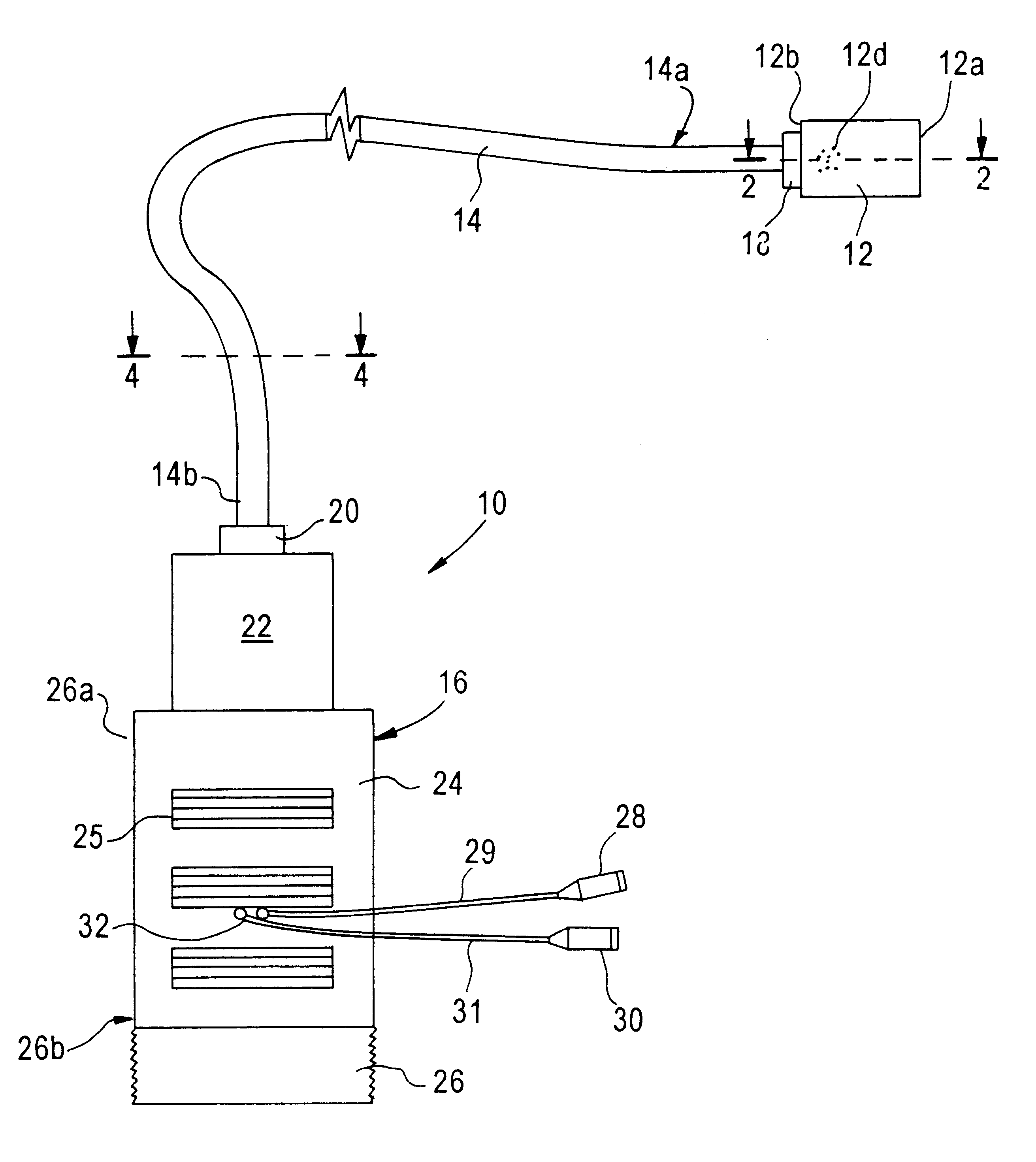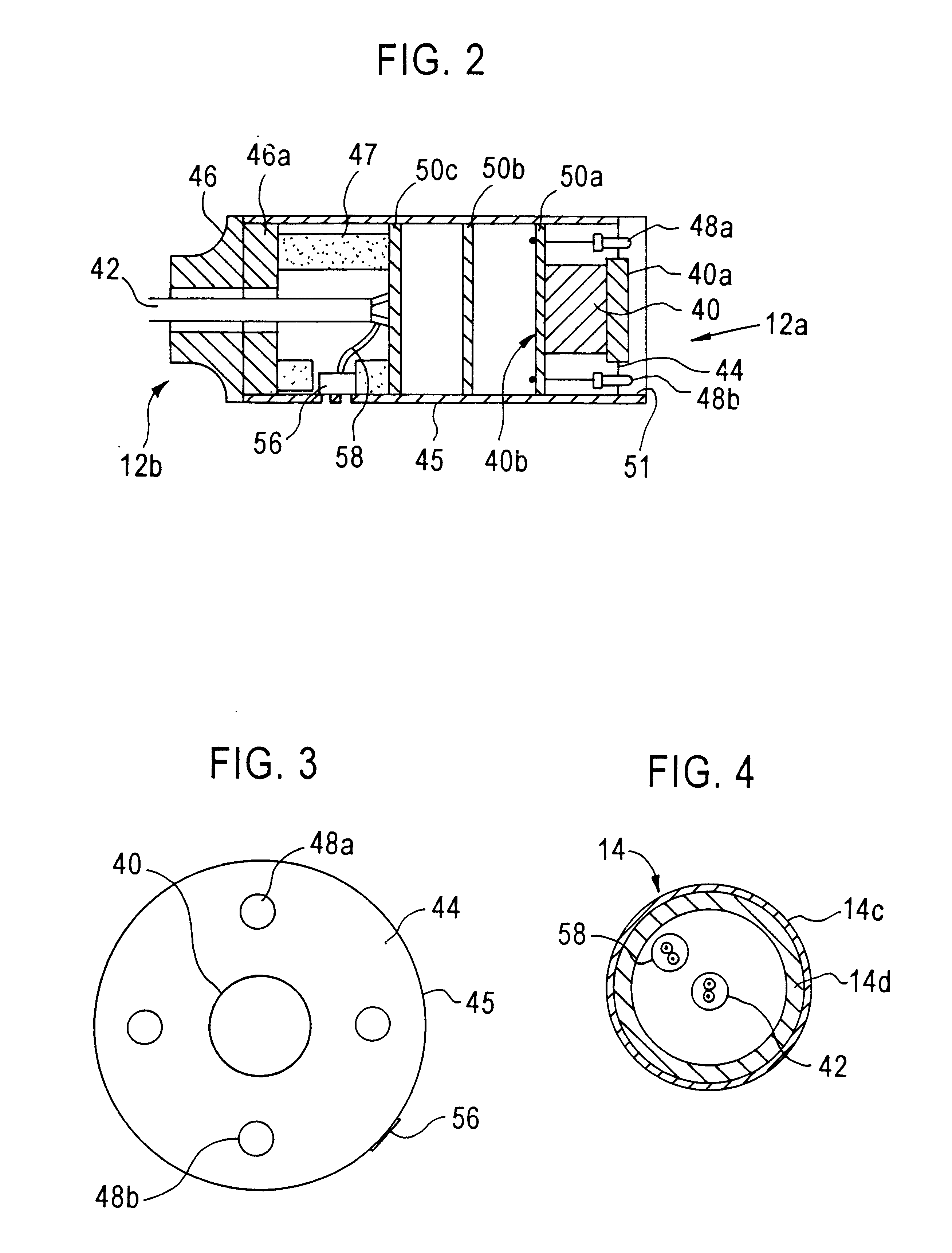Video inspection device
a video inspection and video technology, applied in the field of electronic inspection equipment, can solve the problems of inability to visualize a particular part, difficulty in diagnosing and difficulty in carrying out diagnostic, maintenance and repair operations
- Summary
- Abstract
- Description
- Claims
- Application Information
AI Technical Summary
Benefits of technology
Problems solved by technology
Method used
Image
Examples
Embodiment Construction
An inspection apparatus is described. In the following description, for the purposes of explanation, numerous specific details are set forth in order to provide a thorough understanding of the present invention. It will be apparent, however, to one skilled in the art that the present invention may be practiced without these specific details. In other instances, well-known structures and devices are shown in block diagram form in order to avoid unnecessarily obscuring the present invention.
FIG. 1 is a part side elevation, part schematic view of an inspection apparatus 10, according to an exemplary embodiment. Inspection apparatus 10 generally comprises a sensor housing 12, shaft 14, and power housing 16.
Sensor housing 12 is cylindrical and has an open end 12a through which a sensor therein may receive electromagnetic radiation reflected from or emitted by an object that is inspected using the apparatus 10. Sensor housing 12 also has a closed end 12b that is coupled to a distal end 14...
PUM
 Login to View More
Login to View More Abstract
Description
Claims
Application Information
 Login to View More
Login to View More - R&D
- Intellectual Property
- Life Sciences
- Materials
- Tech Scout
- Unparalleled Data Quality
- Higher Quality Content
- 60% Fewer Hallucinations
Browse by: Latest US Patents, China's latest patents, Technical Efficacy Thesaurus, Application Domain, Technology Topic, Popular Technical Reports.
© 2025 PatSnap. All rights reserved.Legal|Privacy policy|Modern Slavery Act Transparency Statement|Sitemap|About US| Contact US: help@patsnap.com



